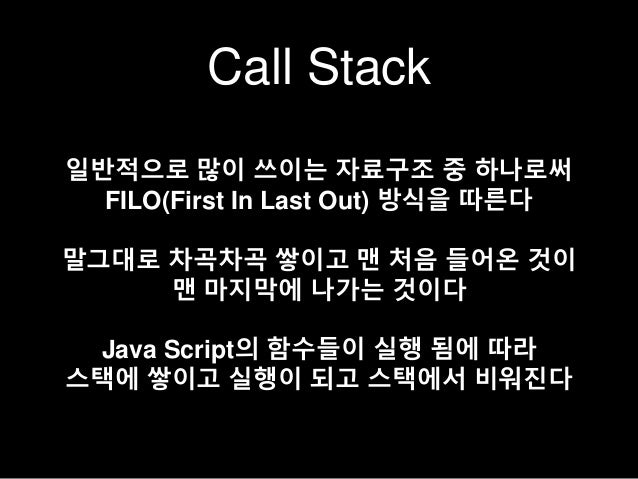How To Loop Dev C++
Playing with loops makes programming fun. Before we try to understand loop, you should be thorough with all the previous topics of C. /bob-auto-tune-download.html. If not, practice a considerable amount of. Third step: After every execution of for loop’s body, the increment/decrement part of for loop executes that updates the loop counter. Fourth step: After third step, the control jumps to second step and condition is re-evaluated. The steps from second to fourth repeats until the loop condition returns false. Example of a Simple For loop in C. Nov 29, 2016 Delphi is the ultimate IDE for creating cross-platform, natively compiled apps. Are you ready to design the best UIs of your life? Our award winning VCL framework for Windows and FireMonkey (FMX) visual framework for cross-platform UIs provide you with the foundation for intuitive, beautiful. Statement 1 sets a variable before the loop starts (int i = 0). Statement 2 defines the condition for the loop to run (i must be less than 5). If the condition is true, the loop will start over again, if it is false, the loop will end. Statement 3 increases a value (i) each time the code block in the loop has been executed.
Example: continue statement inside for loop As you can see that the output is missing the value 3, however the for loop iterate though the num value 0 to 6. This is because we have set a condition inside loop in such a way, that the continue statement is encountered when the num value is equal to 3. Executes a sequence of statements multiple times and abbreviates the code that manages the loop variable. 3: do.while loop. It is more like a while statement, except that it tests the condition at the end of the loop body. 4: nested loops. You can use one or more loops inside any other while, for, or do.while loop.

- C++ Basics
- C++ Object Oriented
- C++ Advanced
- C++ Useful Resources
- Selected Reading
/free-download-vst-plugins-for-mixcraft.html. There may be a situation, when you need to execute a block of code several number of times. In general, statements are executed sequentially: The first statement in a function is executed first, followed by the second, and so on.
Programming languages provide various control structures that allow for more complicated execution paths.
A loop statement allows us to execute a statement or group of statements multiple times and following is the general from of a loop statement in most of the programming languages −
C++ programming language provides the following type of loops to handle looping requirements.
| Sr.No | Loop Type & Description |
|---|---|
| 1 | while loop Repeats a statement or group of statements while a given condition is true. It tests the condition before executing the loop body. |
| 2 | for loop Execute a sequence of statements multiple times and abbreviates the code that manages the loop variable. |
| 3 | do..while loop Like a ‘while’ statement, except that it tests the condition at the end of the loop body. |
| 4 | nested loops You can use one or more loop inside any another ‘while’, ‘for’ or ‘do.while’ loop. |
Loop Control Statements
Loop control statements change execution from its normal sequence. When execution leaves a scope, all automatic objects that were created in that scope are destroyed.
C++ supports the following control statements.
| Sr.No | Control Statement & Description |
|---|---|
| 1 | break statement Terminates the loop or switch statement and transfers execution to the statement immediately following the loop or switch. |
| 2 | continue statement Causes the loop to skip the remainder of its body and immediately retest its condition prior to reiterating. |
| 3 | goto statement Transfers control to the labeled statement. Though it is not advised to use goto statement in your program. |
The Infinite Loop
Loop Dev C++
A loop becomes infinite loop if a condition never becomes false. The for loop is traditionally used for this purpose. Since none of the three expressions that form the ‘for’ loop are required, you can make an endless loop by leaving the conditional expression empty.
When the conditional expression is absent, it is assumed to be true. You may have an initialization and increment expression, but C++ programmers more commonly use the ‘for (;;)’ construct to signify an infinite loop.

How To Loop Dev C Youtube
NOTE − You can terminate an infinite loop by pressing Ctrl + C keys.